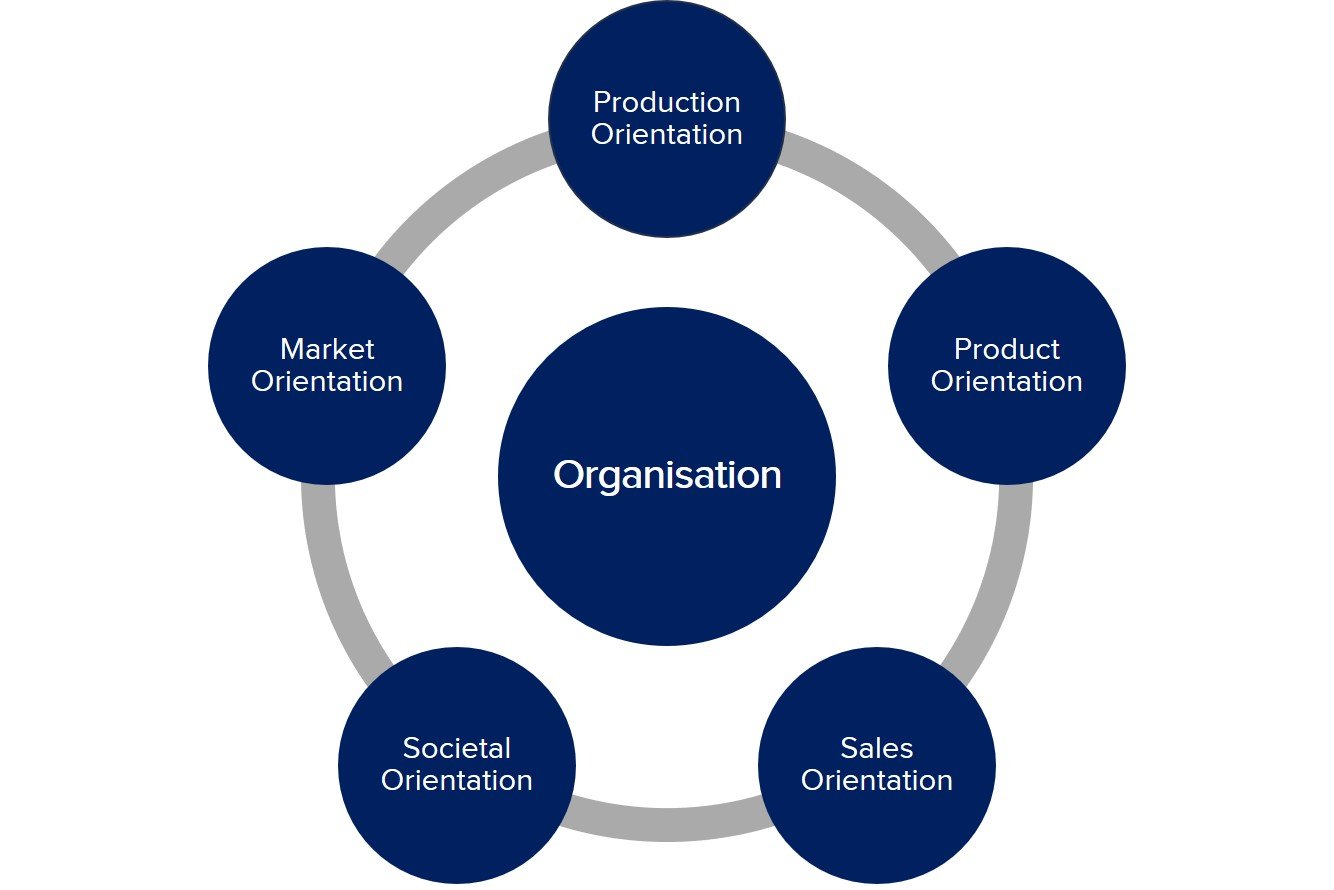Marketing Orientation Approaches
The five marketing orientations and their advantages and disadvantages.
Whilst marketers and marketing teams can usually dictate the marketing strategies it adopts, it cannot always dictate the organisation's marketing orientation.
An organisation focus (and subsequently its marketing) is centred around five key categories, classified into the following orientation groups: Production orientation, product orientation, sales orientation, societal orientation and market orientation.
Subscribe for marketing insights via email
These approaches dictate the priorities and processes existent within the organisation, and perhaps more importantly, the manner in which the organisation takes its core offering to market and how it empowers its marketing teams.
Here’s a look at each in more detail.
PRODUCTION ORIENTATION
A production orientated organisation commonly operates a mass production model and streamlines this production process for its product offering. This orientation approach assumes that its customers value price, and therefore, it focuses on lowering production costs to meet such price needs of this customer base.
This price is believed to form the main value proposition of the production orientation organisation’s key offering, focusing its resources towards operations and positioning its key marketing communications on price-based messages.
This assumption that price is king, however, isn’t always indicative of the needs and wants of the target audience as the approach does not require learning anything about the customer base. It assumes that its customers want the cheapest product available and will strive to realise this price.
Advantages: Economies of scale, efficiency, low cost to customers.
Disadvantages: Disregards customer needs, set-up costs are usually high.
PRODUCT ORIENTATION
It is sometimes assumed that a product orientation approach is similar to a production orientation approach. But it is exactly the opposite. This approach to business concerns its products and continually improving and refining them so that the product can always be superior to that of its competitors. So, as the previous orientation was centred around price, product orientation is centred around quality, which often increases the price.
Premium products fall into this category, but the approach does not always offer what its target audience actually wants or considers the factors that the audience uses to form its purchasing decision. See a previous post on how to launch a science product for more of product marketing.
Quality – and therefore a product orientated organisation – often does not consider external factors, and focuses on manufacturing a high-quality, premium product that is superior within the market it operates and competes within.
Advantages: Focus on quality, innovation, skills development/outsourcing.
Disadvantages: Potential missed market opportunities, obsolescence.
SALES ORIENTATION
A sales orientated organisation focuses the majority of its resources on selling its products and services to its target audience. In a way, it does prioritise its customers but not in a sense of listening to their needs and wants – it simply wants to sell to them.
Existing products are usually given to the sales and marketing teams and they are tasked to finding buyers to those products, wherever and whoever they may be. Many organisations will feel they are not selling enough of their products and will, therefore, adopt sales orientated techniques to focus the organisation on selling more and building on its profit margins.
Disregarding customer needs in this way, and adopting aggressive outbound sales techniques, is an approach that rarely works in the long term. This is especially the case now that the general “customer” (regardless of industry) is more empowered than ever and appreciates relationships within the sales processes, especially within the B2B pharma sectors. That said, this isn't to say that organisations cannot be successful with this templated approach. The inbound sales/marketing approach has emerged as attractive in modern-day sales orientated organisations.
Advantages: Immediate short-term sales are generated.
Disadvantages: Risks customer confidence, costs, not always sustainable.
SOCIETAL ORIENTATION
As people generally become more aware of their environments, the world and the societies they live within, the societal orientation approach has emerged, giving organisations a new organisational philosophy.
The societal orientation organisation, considering its product, process and its marketing, to an extent, focuses on the impact its organisation and products has within the societies it operates within, as well as the wider environment. Ethical considerations in this manner have become highly popular within the pharmaceutical and life science industries.
In competitive markets, however, this approach can be challenging to sustain – especially for small to medium size organisations where profits and customer satisfaction can affect how it can execute the environmental and societal orientation approach.
Advantages: Image is enhanced, appeals to upcoming markets, ethical.
Disadvantages: Marketing message is sometimes distorted, limited budget.
MARKET ORIENTATION
A market orientated organisation looks at the market and its target audience first, before any production or sales activities takes place, to learn what potential customers want from organisations. The product or service offering is therefore created with the customer in mind, resulting in a true customer-first approach.
Market orientation, in marketing strategy terms, commonly revolves around culture, values and other internal behaviours focused on satisfying customer needs that are usually well-researched prior.
Although this clearly has its benefits, it can also come at a cost to organisations as it usually puts organisations on the back foot, always reacting to customer demands rather than predicting or shaping them with innovative products and services. This said, most markets are moving more towards a market-orientated approach as customers have more and more access to information about what they are looking to buy. To maximise the success of marketing efforts, it's crucial to choose the most effective channels, such as email marketing, which boasts the highest ROI of all marketing strategies. Tools like Sender can help you make the most of this channel and reach exceptional results.
Advantages: Customer satisfaction, loyalty, continual investment in research.
Disadvantages: Reactive, not always innovative, market always changing.
WHICH MARKETING ORIENTATION APPROACH BEST REPRESENTS YOUR ORGANISATION?
If you are a marketing professional reading this post, it is likely that you will favour the market-orientated approach by nature. However, this doesn't mean that such an approach is indicative of how you should conduct your marketing within your organisation. Its orientation approach is formed around how your organisation was established and how it operates, as well as its challenges, rather how you see marketing as a discipline.
These marketing orientation approaches to business – and marketing – are all present within today’s business landscapes, but they are also representative of how business and marketing thinking has changed within the last 100 years. In some industries, shifting from the production approach (Ford Motor Co.) to a product approach (Apple) to a sales approach (Amazon) to a market approach (Google) to now a societal approach (The Body Shop). All examples of successful organisations.
Which marketing orientation category does your organisation fall into?



